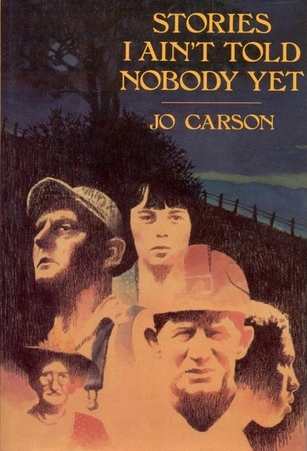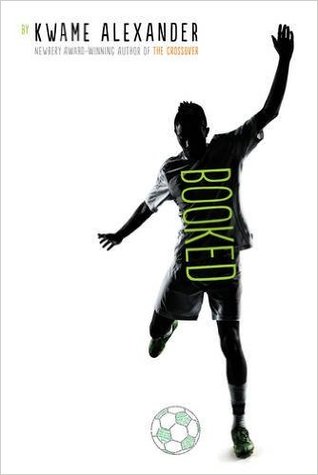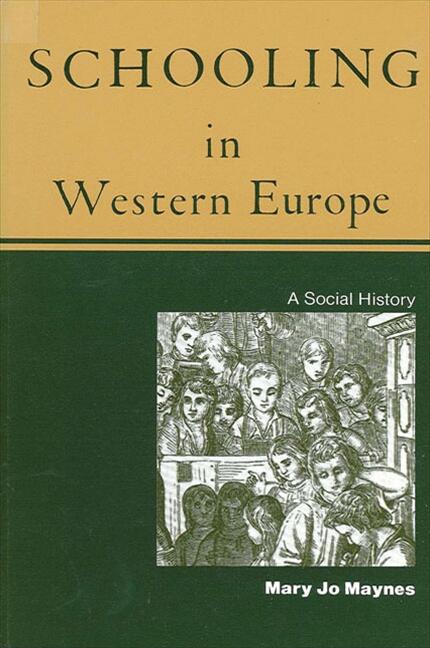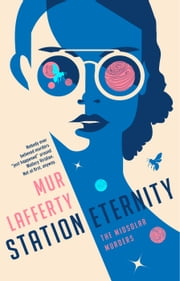Furthermore, the very growth in class size that accompanied the school reforms because of their emphasis on universal daily schooling made the simple keeping of order a major part of the teacher's task. Ratios of pupils to teachers in the early and middle decades of the nineteenth century were startlingly high. In a sample of communities of various sizes in Baden, the ratio grew from around seventy to one at the turn of the nineteenth century, to a hundred to one in 1836. In individual communities where population growth was especially rapid, the numbers of children in one school taught by a single teacher could be even higher. For example, the Reformed Girls' School in Schriesheim had 120 pupils in 1818 to one teacher, and 190 in 1831. The Reformed School in Handschuhsheim, with its single teacher, grew from 140 pupils in 1800 to 200 in 1820 as a result of population growth and stricter enforcement of compulsory schooling laws. In southern France, ratios were lower but rose impressively during the same period. In a sample of communities in the Vaucluse, the average rose from twenty-five pupils per teacher around 1800 to seventy in the late 1830s. In England, class sizes in Board and Charity Schools of between 70 and 120 pupils were apparently common in the late nineteenth century, although in all areas of Western Europe increased investment in public schooling resulted in lowered ratios toward the very end of the century.
Under these circumstances, particularly given the new emphasis on the creation of an orderly environment in the classroom, new styles for controlling the masses of children had to be applied. Teachers everywhere abandoned the traditional individual method of teaching in favor of one of the alternative "simultaneous" methods. Pupils were all taught at once. All those in one section were expected to follow a lesson together, while those of other sections worked at some prescribed lesson. The pupil's time was "filled" so as to preclude the idleness that could provoke disorder.
The Brothers of the Christian Schools, who had been the pedagogic innovators of the eighteenth century, provided the model for the new schools. Even for those who did not follow their exact method, the use of lesson plans, signals, and simultaneous instruction answered some of the demands of the new pedagogy. That such a discipline could not meet the needs for spontaneity and individuality which the more humanistic pedagogy required was overlooked in the drive to pull more and more children into the classroom and to keep them orderly and occupied.
I'm going to start from this premise: If they had properly marketed this book as a sci-fi thriller or an action sci-fi or something, I probably would have fewer problems with it. I probably wouldn't have spent 300+ pages trying to keep track of clues (that didn't exist) so that I could solve a mystery (that wasn't really there); I would've just gone with the flow, as I did for the remainder of the book. It got better (not good) once I did that, but the marketing was literally the worst part because it established incorrect assumptions and expectations. They told me it was a sci-fi mystery/detective novel... I literally got zero of one of those genres, despite all claims to the contrary (by people who I'm guessing didn't even read the book or have no concept of what makes a mystery).
Beyond that, while it would've been a more …








